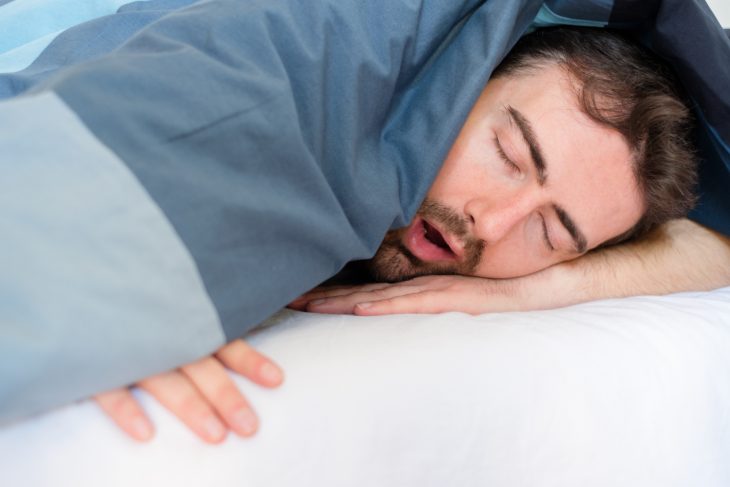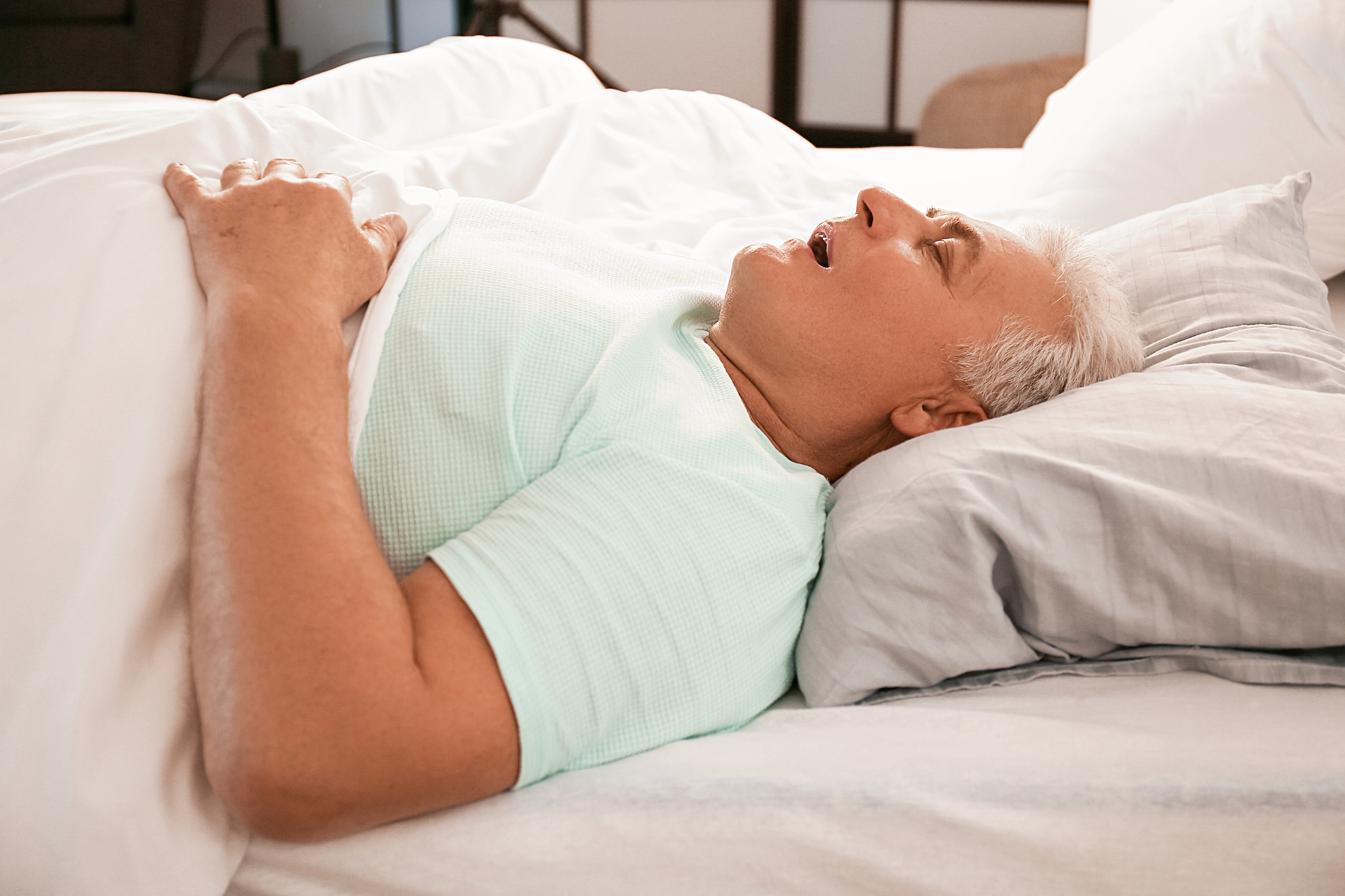
Sleep apnea, a common yet often overlooked sleep disorder, affects millions of people worldwide. Despite its prevalence, many aspects of this condition remain unknown to the general public. In this comprehensive article, we delve into 20 fascinating facts about sleep apnea, exploring its causes, symptoms, impacts, and treatments.
Definition of Sleep Apnea
Sleep apnea is a serious sleep disorder that occurs when a person’s breathing is interrupted during sleep. This can lead to the brain and the rest of the body not getting enough oxygen.
Types of Sleep Apnea
There are three main types of sleep apnea: obstructive sleep apnea (OSA), central sleep apnea (CSA), and mixed sleep apnea. OSA, the most common form, is caused by a blockage of the airway, usually when the soft tissue in the back of the throat collapses during sleep.
Prevalence of Sleep Apnea
Sleep apnea is a common condition. According to the American Sleep Apnea Association, it affects more than 18 million Americans, which is over 6% of the population.
Undiagnosed Sleep Apnea
Despite its prevalence, sleep apnea often goes undiagnosed. The American Sleep Apnea Association estimates that up to 80% of cases of moderate and severe obstructive sleep apnea are undiagnosed.
Symptoms of Sleep Apnea
Common symptoms of sleep apnea include loud snoring, episodes of breathing cessation during sleep witnessed by another person, abrupt awakenings accompanied by shortness of breath, dry mouth or sore throat upon awakening, and excessive daytime sleepiness.
Sleep Apnea and Snoring
While snoring is a common symptom of sleep apnea, not everyone who snores has sleep apnea. Snoring is a sign of obstructed breathing, so it’s important for heavy snorers to discuss this symptom with a healthcare provider.
Sleep Apnea and Obesity
Obesity is a significant risk factor for sleep apnea. Excess body weight contributes to sleep apnea by causing increased pressure on the upper airway, leading to its collapse and causing breathing interruptions.
Sleep Apnea in Children
Sleep apnea can also affect children. Common signs of sleep apnea in children may include bedwetting, choking or drooling, sweating heavily during sleep, learning and behavior disorders, and poor performance in school.
Sleep Apnea and Heart Disease
Sleep apnea is often associated with heart disease. The repeated episodes of low oxygen levels during sleep can lead to a variety of cardiovascular problems, including high blood pressure, heart attack, stroke, and irregular heartbeat.
Sleep Apnea and Diabetes
Sleep apnea is common among people with type 2 diabetes. Up to 80% of people with type 2 diabetes have some form of sleep apnea.
Sleep Apnea and Mental Health
Sleep apnea can affect mental health. Studies have linked sleep apnea to depression, anxiety, and other mental health disorders.
Sleep Apnea and Lifestyle Changes
Lifestyle changes can help manage sleep apnea. These include losing weight, quitting smoking, reducing alcohol consumption, and avoiding sleeping on the back.

Sleep Apnea and Continuous Positive Airway Pressure (CPAP)
The most common treatment for sleep apnea is Continuous Positive Airway Pressure (CPAP) therapy. A CPAP machine delivers a steady stream of air through a mask that keeps the airway open and prevents sleep apnea episodes.
Sleep Apnea and Oral Appliances
Oral appliances designed by a dentist or orthodontist can also be used to treat sleep apnea. These devices, similar to mouth guards, help keep the airway open during sleep.
Sleep Apnea and Surgery
In some cases, surgery may be recommended to treat sleep apnea. Surgical options include uvulopalatopharyngoplasty (UPPP), maxillomandibular advancement, and tracheostomy.
Sleep Apnea and Gender
Sleep apnea is more common in men than in women. However, the risk for women increases after menopause.
Sleep Apnea and Age
The risk of sleep apnea increases with age. However, it can affect people of all ages, including children.
Sleep Apnea and Genetics
Sleep apnea can run in families, suggesting a genetic basis. People with a family history of sleep apnea have an increased risk of developing the disorder.
Sleep Apnea and Fatigue
Chronic fatigue is a common symptom of sleep apnea. People with sleep apnea often experience excessive daytime sleepiness due to disrupted sleep during the night.
Sleep Apnea and Quality of Life
Untreated sleep apnea can significantly impact quality of life, leading to physical health issues, mental health problems, decreased productivity, and increased risk of accidents.
Conclusion
Sleep apnea is a complex disorder with far-reaching effects on health and quality of life. Despite its prevalence, it often goes undiagnosed and untreated. If you or a loved one are experiencing symptoms of sleep apnea, it’s important to seek medical advice. With proper diagnosis and treatment, people with sleep apnea can lead healthy, fulfilling lives.
Frequently Asked Questions (FAQs)
What is sleep apnea?
Sleep apnea is a serious sleep disorder that occurs when a person’s breathing is interrupted during sleep. This can lead to the brain and the rest of the body not getting enough oxygen.
What are the symptoms of sleep apnea?
Common symptoms of sleep apnea include loud snoring, episodes of breathing cessation during sleep witnessed by another person, abrupt awakenings accompanied by shortness of breath, dry mouth or sore throat upon awakening, and excessive daytime sleepiness.
How is sleep apnea treated?
Sleep apnea is commonly treated with lifestyle changes, Continuous Positive Airway Pressure (CPAP) therapy, oral appliances, or surgery.
Can children have sleep apnea?
Yes, sleep apnea can also affect children. Common signs of sleep apnea in children may include bedwetting, choking or drooling, sweating heavily during sleep, learning and behavior disorders, and poor performance in school.
Is sleep apnea dangerous?
Yes, if left untreated, sleep apnea can lead to a number of health complications, including high blood pressure, heart disease, stroke, diabetes, depression, and other mental health disorders.
Was this page helpful?
Our commitment to delivering trustworthy and engaging content is at the heart of what we do. Each fact on our site is contributed by real users like you, bringing a wealth of diverse insights and information. To ensure the highest standards of accuracy and reliability, our dedicated editors meticulously review each submission. This process guarantees that the facts we share are not only fascinating but also credible. Trust in our commitment to quality and authenticity as you explore and learn with us.
